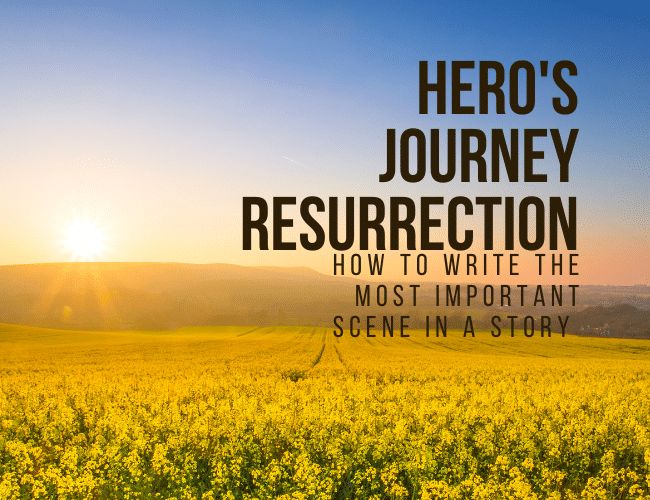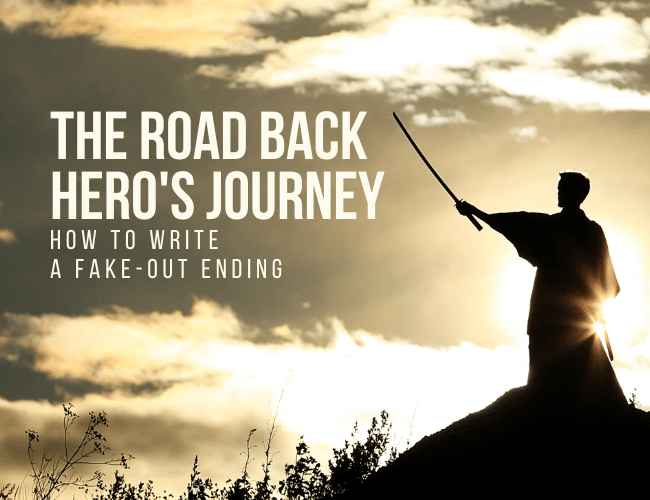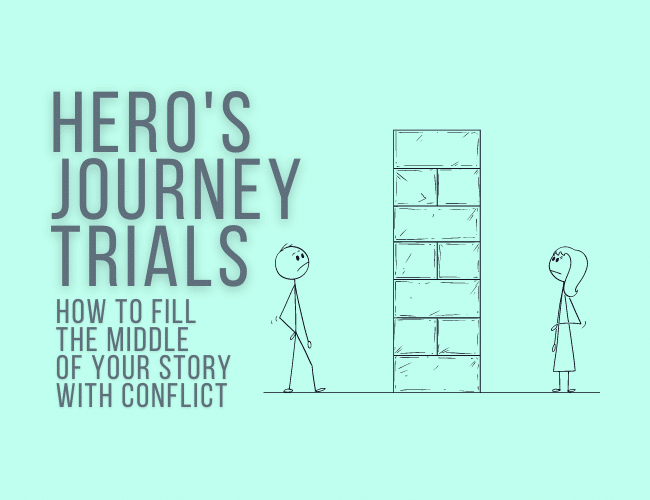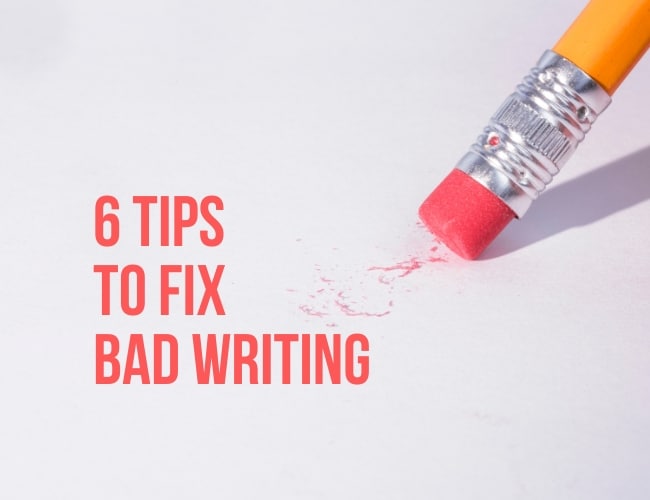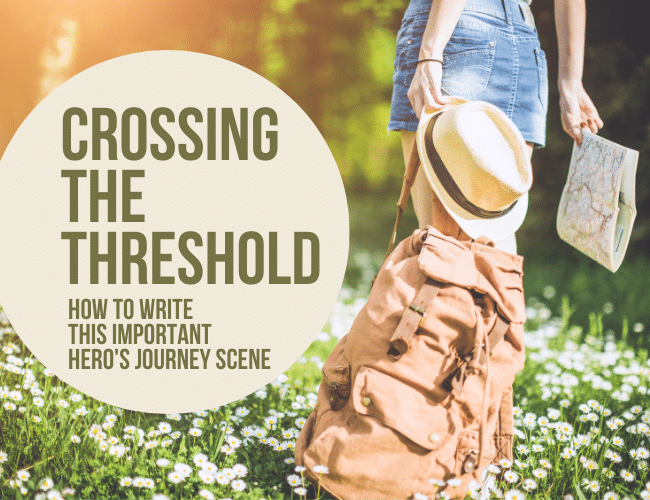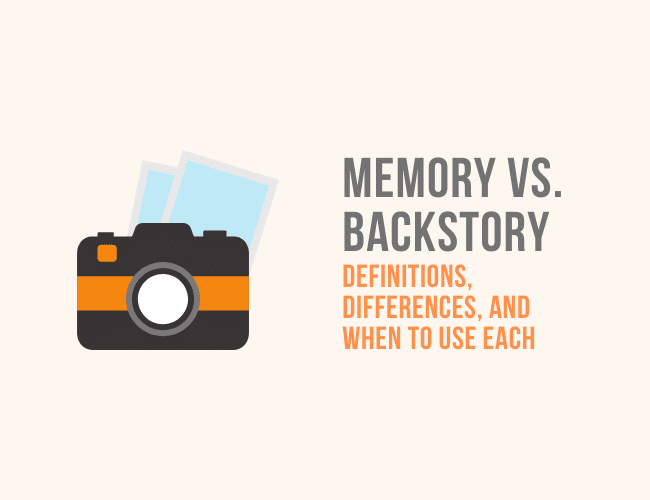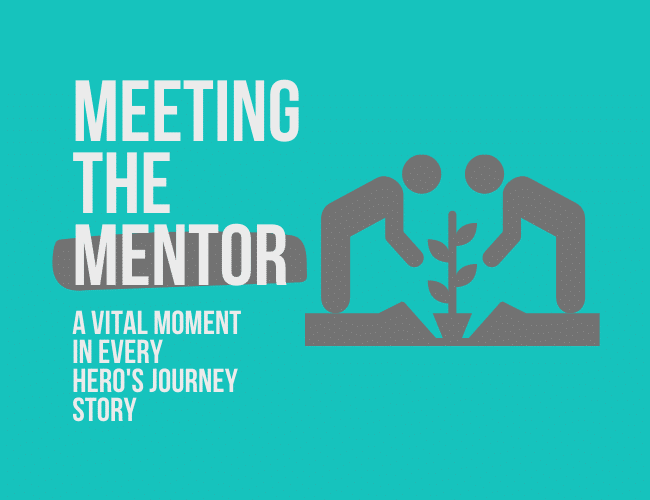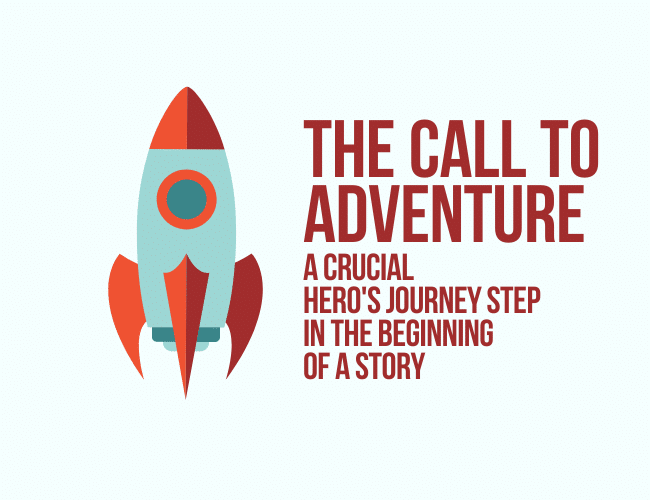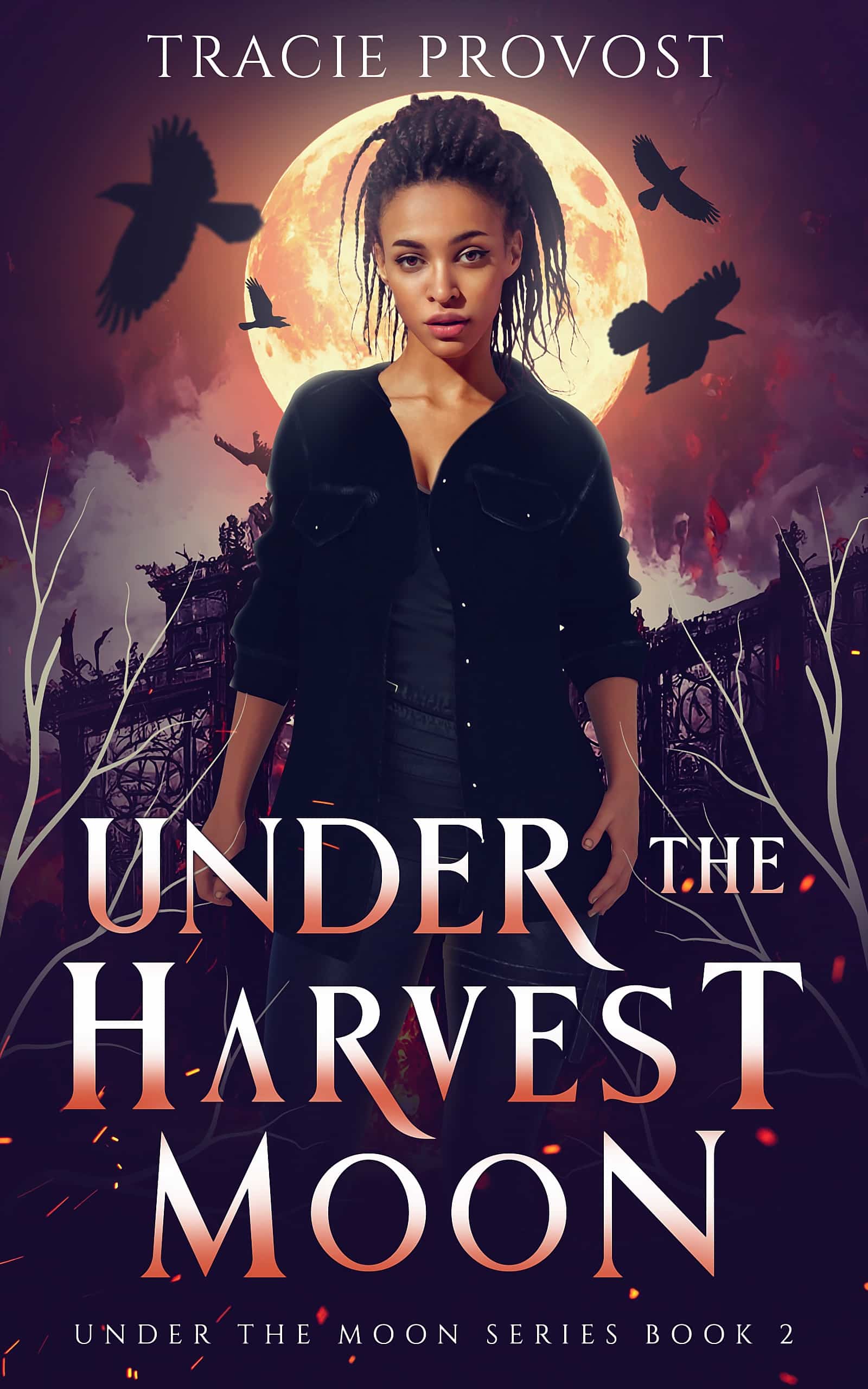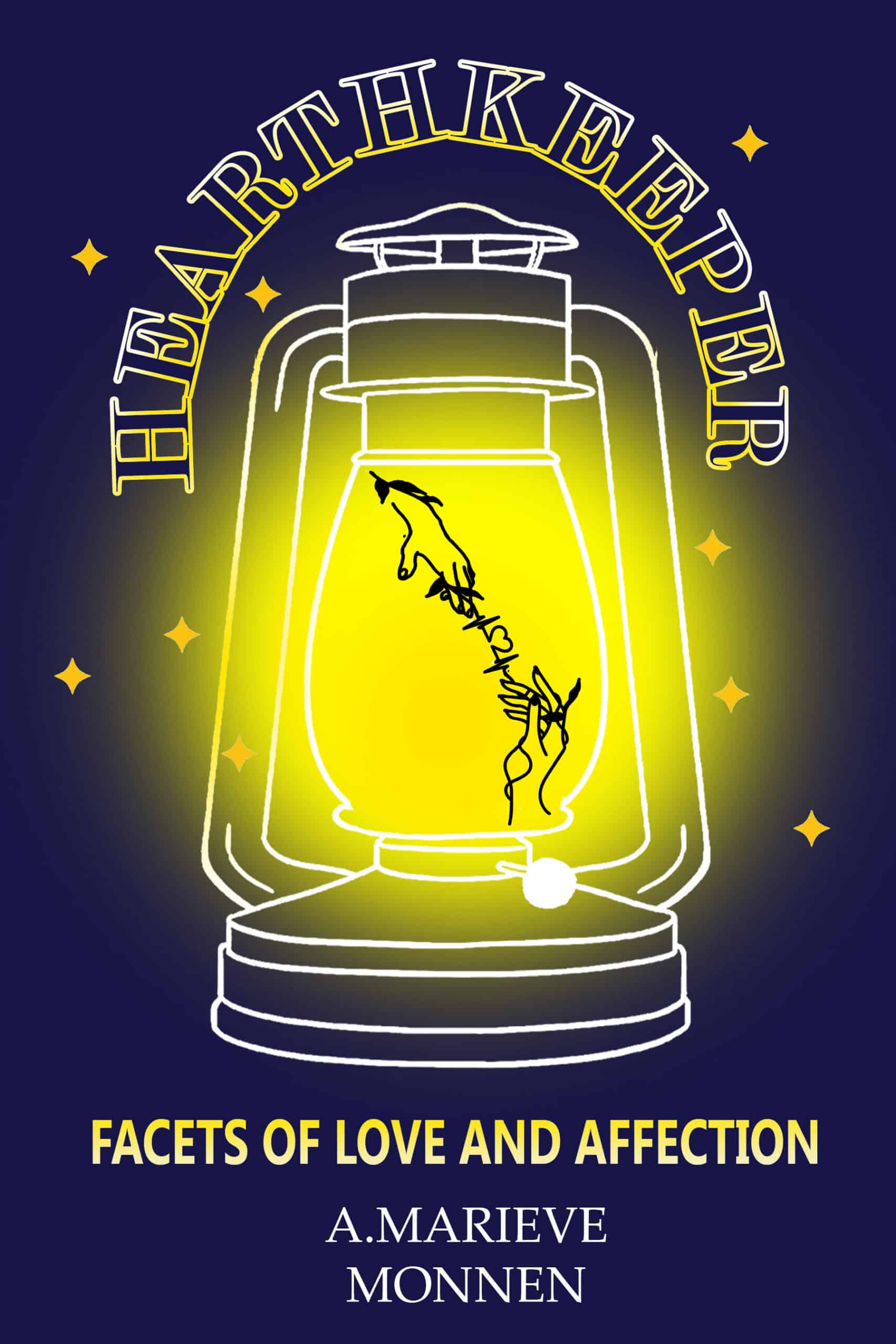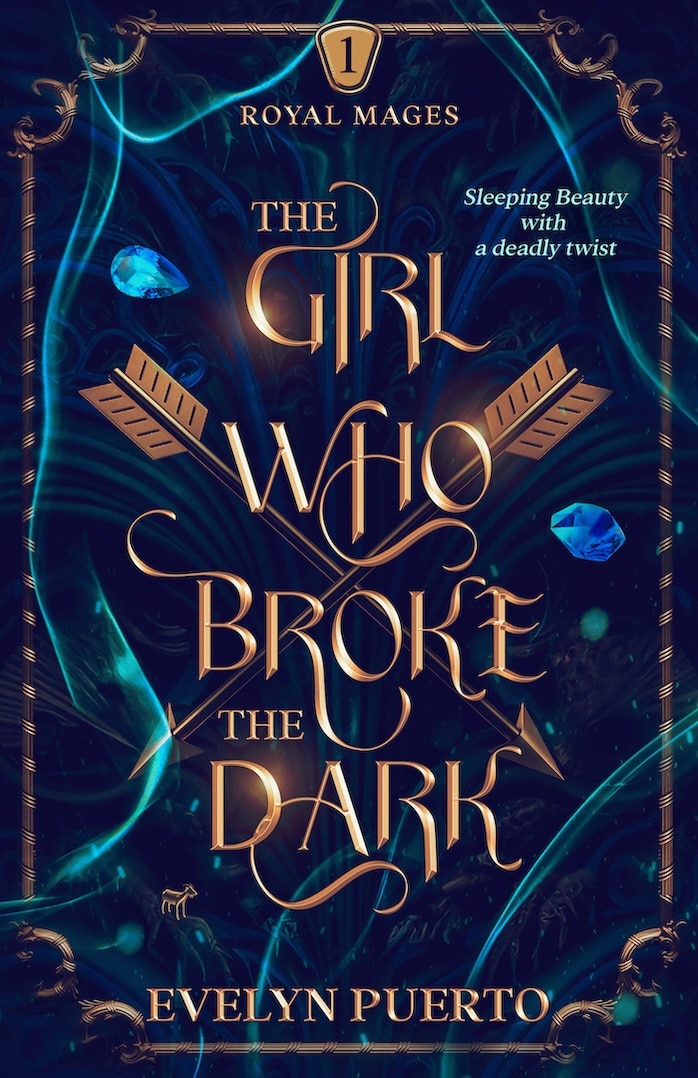Ultimately, heroes confront death. They rise against the most powerful villains and the worst sources of evil imaginable.
And on their journeys, they often suffer the consequences of tangling with these bad guys.
But not all heroic journeys require villains on the scale of Sauron and Voldemort and Emperor Palpatine. Some villains are local bullies, arrogant coworkers, and voices of doubt in our heads. And even these villains require heroic efforts to overcome.
It’s time to tackle a difficult yet important step in your heroic story: the Resurrection.
If you get this step right, you’ll have a story on your hands that readers won’t be able to get enough of.
Let’s dive in!
